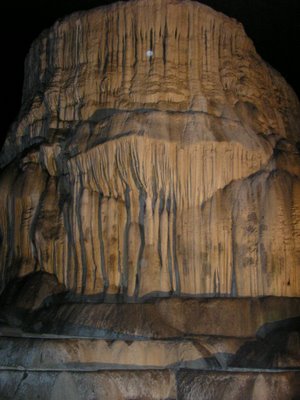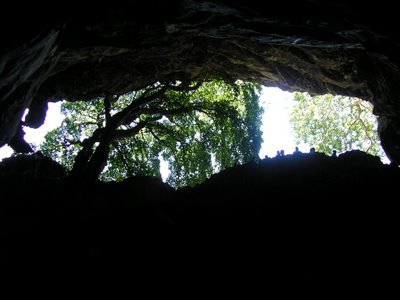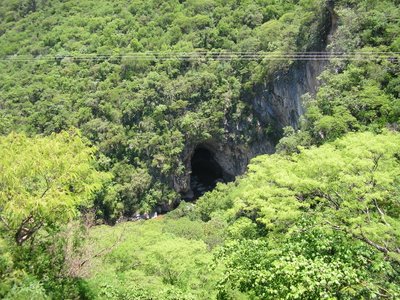De compras con el TLCAN en Cuernavaca; Shopping with NAFTA in Cuernavaca
¡Sea exclusivo! Puede ir de compras a Galerías Cuernavaca!
Be exclusive! Shop at Galerías Cuernavaca!
El TLCAN ha abierto la economía hasta cierto punto.

Bienvenidos al blog de México de N y N. Welcome to the Mexico blog of N y N. En N y N fomentamos el entendimiento y la amistad entre los pueblos de los paises de América por medio del conocimiento, los viajes y los intercambios culturales. At N y N we foster understanding and friendship between people of the countries of North America and South America through awareness, travel, and cultural exchanges.

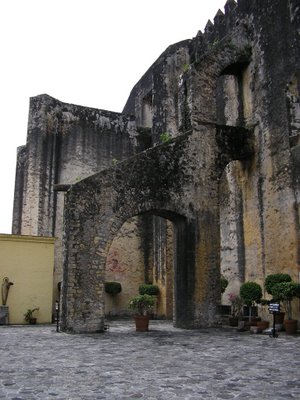

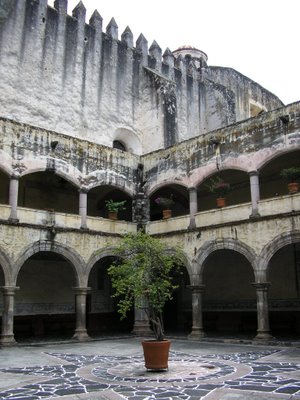

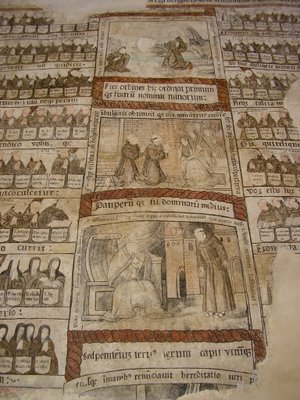
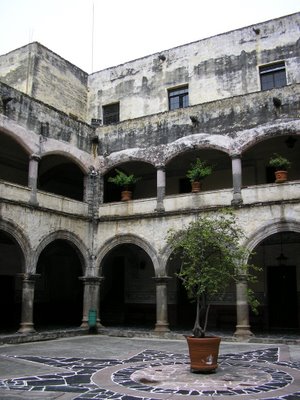
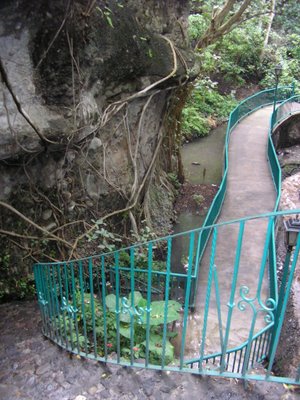
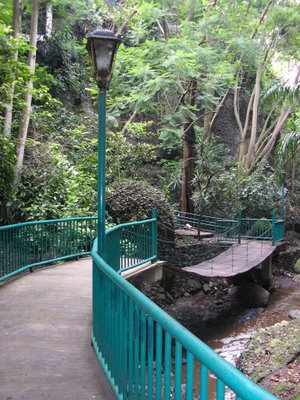
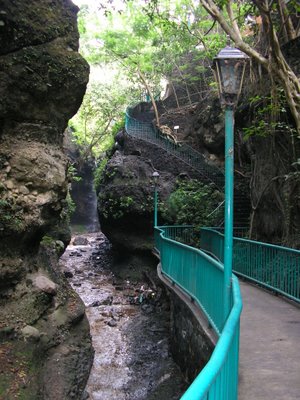
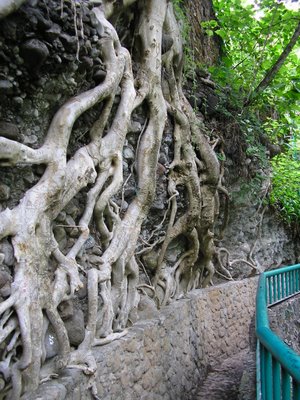
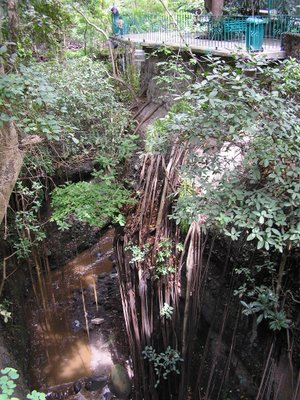
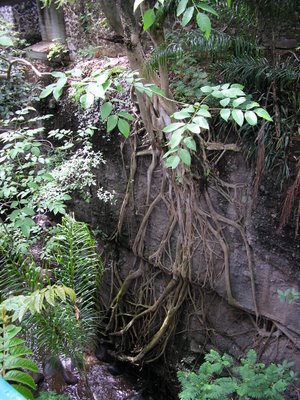
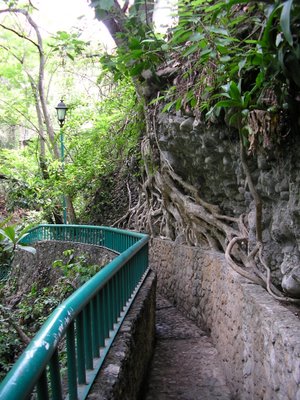
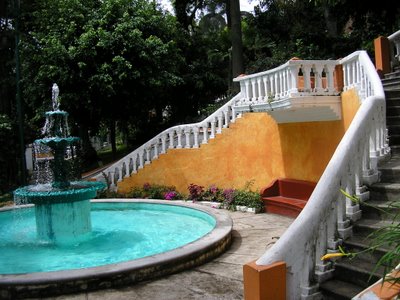
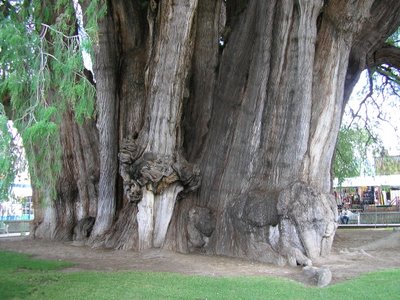
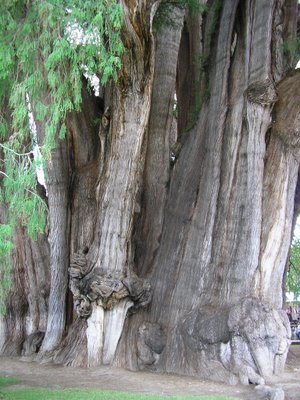



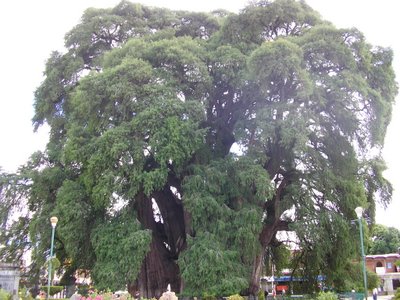
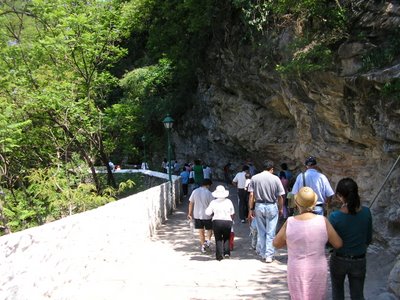 Esperando a que comience el próximo recorrido.
Esperando a que comience el próximo recorrido.